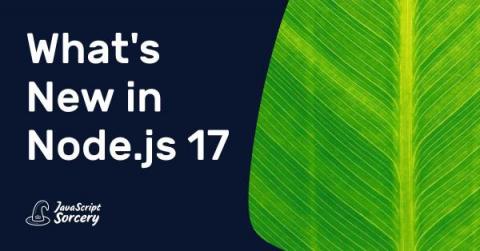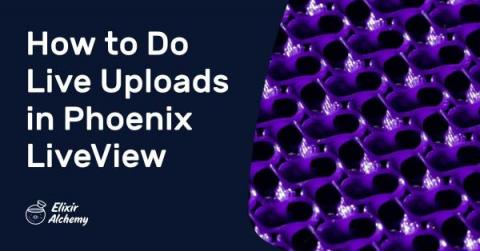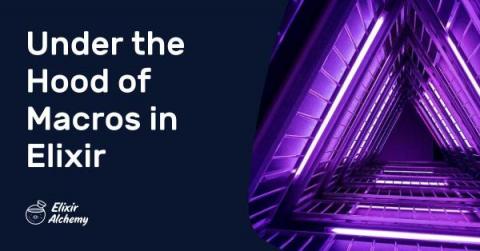What's New in Node.js 17
Node.js v17.0.0, the latest major version of the popular JavaScript runtime, has just been released. It supersedes v16 in the Current release line of the runtime. V16 is now in line to be promoted to the long-term support (LTS) channel on October 26, 2021, as it’s an even-numbered release. Despite being a relatively minor update, this release brings several refinements to the runtime, including more promisified APIs, JavaScript engine upgrades, and OpenSSL 3.0 support.







